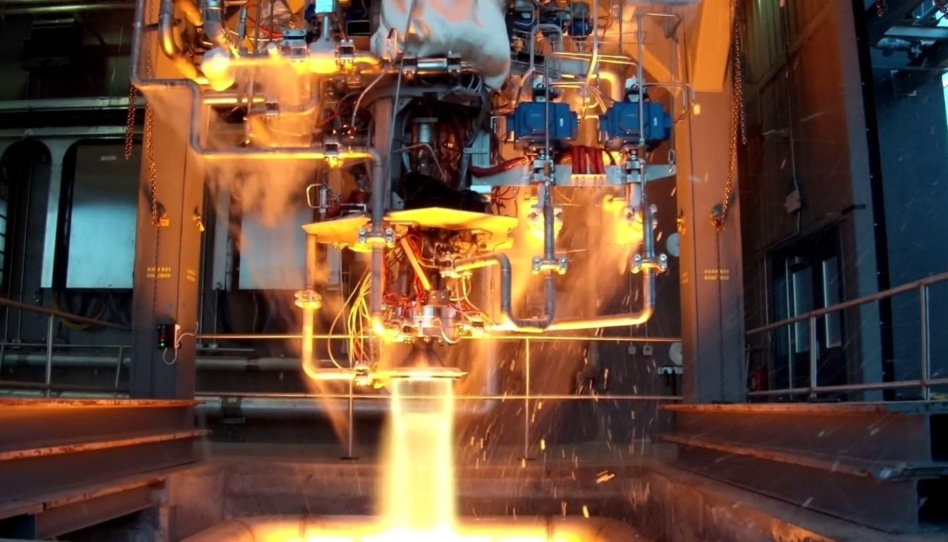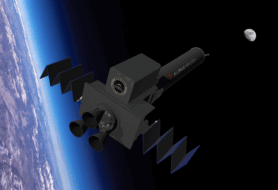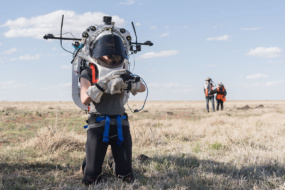You can only build what you can simulate—and a new AFWERX contract is asking Altair, a leading computing firm, to simulate a tornado inside a rocket engine.
Twister: Sierra Space Corporation designed the VORTEX rocket engine to solve a basic problem: The thrust chambers of rocket engines get incredibly hot, which requires them to be cooled and shielded, which usually means adding mass.
If, however, propellants are combusted while spinning like a cyclone, that will pull heat away from the chamber walls, improving the efficiency of the design. Last year, Sierra received a $22.6M contract to develop that engine with AFRL.
Time crunch: An underappreciated reason for rapid advances in space vehicles has been more powerful tools to simulate their real-life behavior, known as computational fluid dynamics, or CFD.
Under the $1.25M AFWERX contract, Altair’s Flightstream simulation team will collaborate with Auburn University to develop models to understand cyclonic flows for vortex rocket engines.
“Previously, each test seeking to study vortex engine capabilities and stability limitations took about two weeks,” Auburn aerospace professor Joe Majdalani said in a statement. “With FlightStream, these same predictions take just a few minutes.”
Unlimited potential: The mathematical equations that predict the motions of fluids are incredibly complex, which is why even powerful computers take time to solve them.
Flightstream instead calculates a subset of those equations that reflect “potential flows,” simplifying the process of producing mid-fidelity simulations that drive iteration.
The software was first used for aviation simulations, but is now being applied to space; Vivek Ahuja, who leads Altair’s Flightstream group, won an AIAA award for the best paper on solid rockets in 2022 using Flightstream.
Ahuja’s company, Research in Flight developed the original technology and was acquired by Altair this year.




